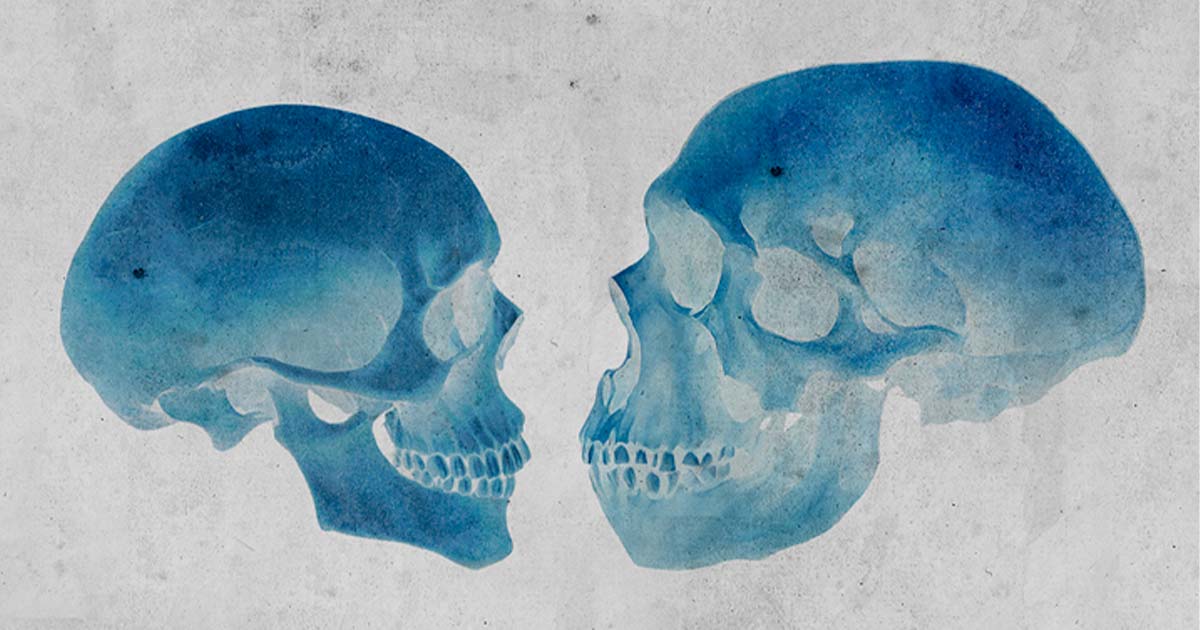Neanderthals may have gone extinct thousands of years ago, but traces of their DNA can still be found hidden in the genetic codes of humans. It’s interesting to note that the distribution of Neanderthal DNA is not equal among different populations. Asian populations tend to have a higher percentage of Neanderthal DNA compared to their European counterparts. This unequal distribution has puzzled scientists for a long time. However, a recent study conducted by geneticists from the University of Geneva has shed some light on this mystery.
The study, published in the journal Science Advances, involved analyzing ancient and modern human DNA to understand the patterns of interbreeding between Neanderthals and Homo sapiens over time. The researchers had access to a database containing genomes of over 4,000 humans from Europe and Asia spanning the past 40,000 years. By analyzing this vast amount of genetic data, they made some remarkable discoveries.
They found that Paleolithic hunter-gatherers in Europe had a slightly higher proportion of Neanderthal DNA compared to those in Asia more than 20,000 years ago. This aligns with the paleontological data that suggests Neanderthals mainly inhabited western Eurasia. As time passed and the Neolithic era began, the proportion of Neanderthal DNA among European populations declined. This coincided with the arrival of Anatolian farmers from western Turkey and the Aegean coast, who had a lower percentage of Neanderthal DNA. As these farmers integrated into the European population, the Neanderthal DNA became diluted, resulting in the current distribution of about two percent among Europeans.
While there is still limited data on the impact of Neanderthal DNA in Asia, the researchers speculate that the migration of Anatolian farmers from Europe to the East may have introduced higher amounts of Neanderthal DNA to Asian populations. This could explain the higher prevalence of Neanderthal DNA in East Asians today.
The study highlights the advancements in archaeological and anthropological science, enabling the analysis of ancient DNA and the connection of genetic dots across different time periods and geographic locations. This research opens up possibilities for solving historical mysteries that were previously unsolvable.
In conclusion, Neanderthal DNA provides fascinating insights into the shared history of Neanderthals and humans. The unequal distribution of this DNA among modern populations has now been partially explained by the University of Geneva study, shedding light on the migratory patterns and interbreeding of our ancestors.


